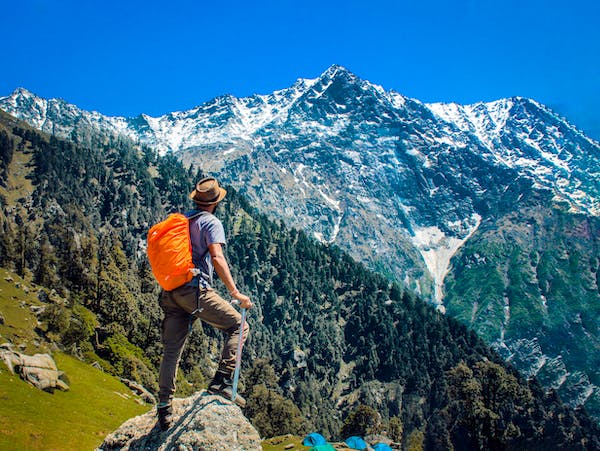Location: Peru
Elevation: 6, 635 meters
Sheer mountain peaks, pristine glacial lakes, crystalline rivers and streams, multi-colored lakes, and abundant Andean flora and fauna are all found in the Cordillera Huayhuash. No wonder it is considered one of the ten most incredible treks in the world chosen by most outdoor enthusiasts and climbers.
The area is slowly gaining popularity from its grandeur, but it’s not yet as known as other treks in Peru’s regions; thus, the natural environment is still pure and perfect for those who wish to experience the Andes at their most peaceful and picturesque. And for more security and safety of the area for the tourists, the Peruvian government has invested inthe infrastructure of Cordillera Huayhuash.
The present people and tourists traverse through the same circuit path around the entire range that has existed and used by the locals for time age-old.
About the trek
The trek requires intermediate skills and some specialized equipment. The trek reaches a length of nearly 130 kilometers with an elevation that reaches 5, 490 meters. The weather can be extremely cold that may cause hypothermia, and those who are unaccustomed to high elevations may suffer from altitude sickness. This trek to Huayhuash is definitely not for the faint-hearted.
The trek is challenging, complex, and dangerous, only recommended for highly skilled and experienced hikers. But there is an option of several different shortcuts for those hesitant to commit to the classic circuit’s full distance, which can reduce the length of the hike by several days. Besides the primary 130km circuit, optional side treks, include climbs of Pumarinri and Diablo Mudo.
If you can complete Cordillera Huayhuash challenging trek, you will be rewarded by a priceless magnificent landscape of gorgeous mountainous landscapes at all times. And along the trek, hikers can see pleasant natural hot springs, wildlife such as condor and more than 60 other species of birds, vicuña, a wild relative of the alpaca, and vizcacha, a type of chinchilla resembling a rabbit.
When is the best time for the climb
The Huayhuash region experiences two main seasons, just like most of the Peruvian Andes have. Rainy season happens from the middleof October through the first days of April, and the second is the dry season occurring from mid-April until the early days of October.
It is, of course, conducive to trek during the dry season, and the temperatures in the area range from an average of 13°C duringthe day to about -5°C at night at altitudes around 4000m.
Between May and September is the best time to hike Huayhuash when the weather is dry but cold. Make sure to be up to date with the current weather in the area before you depart so that you can take extra precautions as changes in the weather could affect your ability to complete the trek.
During the seasonal transition and at the beginning of Andean summer, there tend to be far fewer groups doing the trek, which makes for an even more impressive experience.
How long is the hike to the Cordillera Huayhuash
The number of days to complete the hike varies from person to person considering the speed one can perform. Other factors affecting the hike are the weight of the pack you carry, high altitude, fitness, experience, side trips, and acclimatization.
The length of trek to Huayhuash can be as short as 4-7 days and can extend to 8-14 days. If much time permits, you can opt to pass through a route of a 10-12 days expedition that can offer a completeHuayhuash experience and deliver more views and stunning landscapes than you thought possible in one trek.
As of 2017, most hikers hike the Huayhuash circuit beginning in Matacancha (also known as Quartelhuain) and finishing in Llamac.This saves 1-2 days off the overall time to complete a circuit, albeit a partially incomplete one.
How much does the hike cost
Of course, you cannot just simply go out on a trip with your backpack full of all essentials for the hike without bringing some money or your atm card. It would be best if you had cash to pay for permits, transportation, and other things you wish to buy along the way.
The hike’s affordability is one of the considerations, and Peru is quite costly, and some flights to Lima are expensive.
Here’s a sample break-down on some costs:
Flight to Lima: $200 – $1000 US (ours were $550 from
San Francisco)
Bus rides between Lima and Huaraz: $7/person in avery comfortable double-decker.
Room and board: $7-20/night.
Bus rides between Huaraz and trail: $15
Food: $
Permit fees: $60 (200 soles in SMALL BILLS)
NOTE: It is IMPORTANT to have these amounts in small bills as exact change is demanded from rangers. Keep in mind that Peruvian ATMs only dispense large bills.

